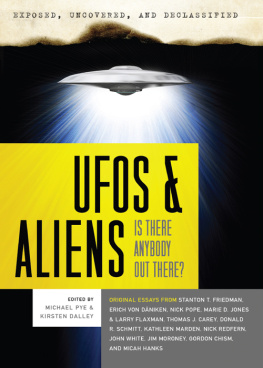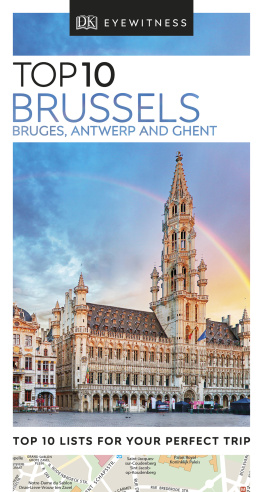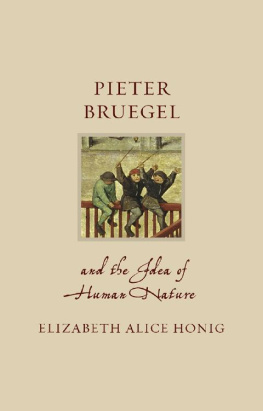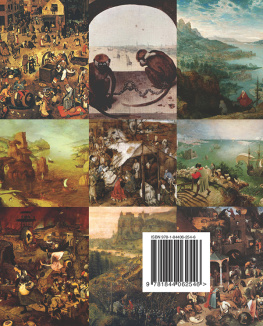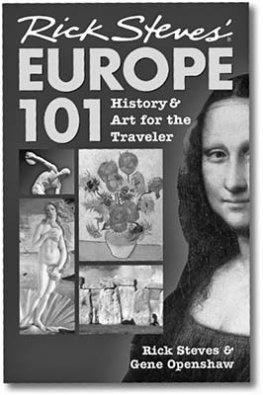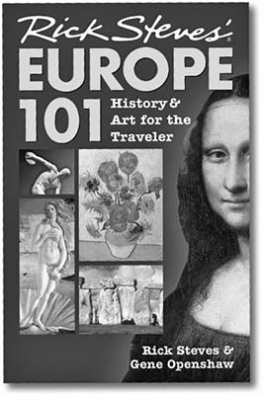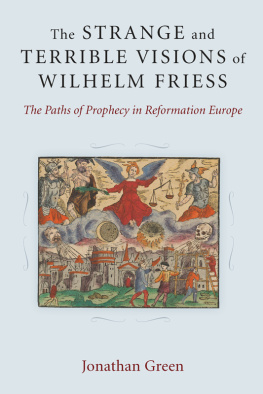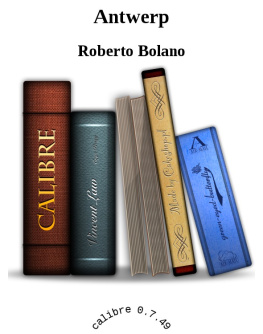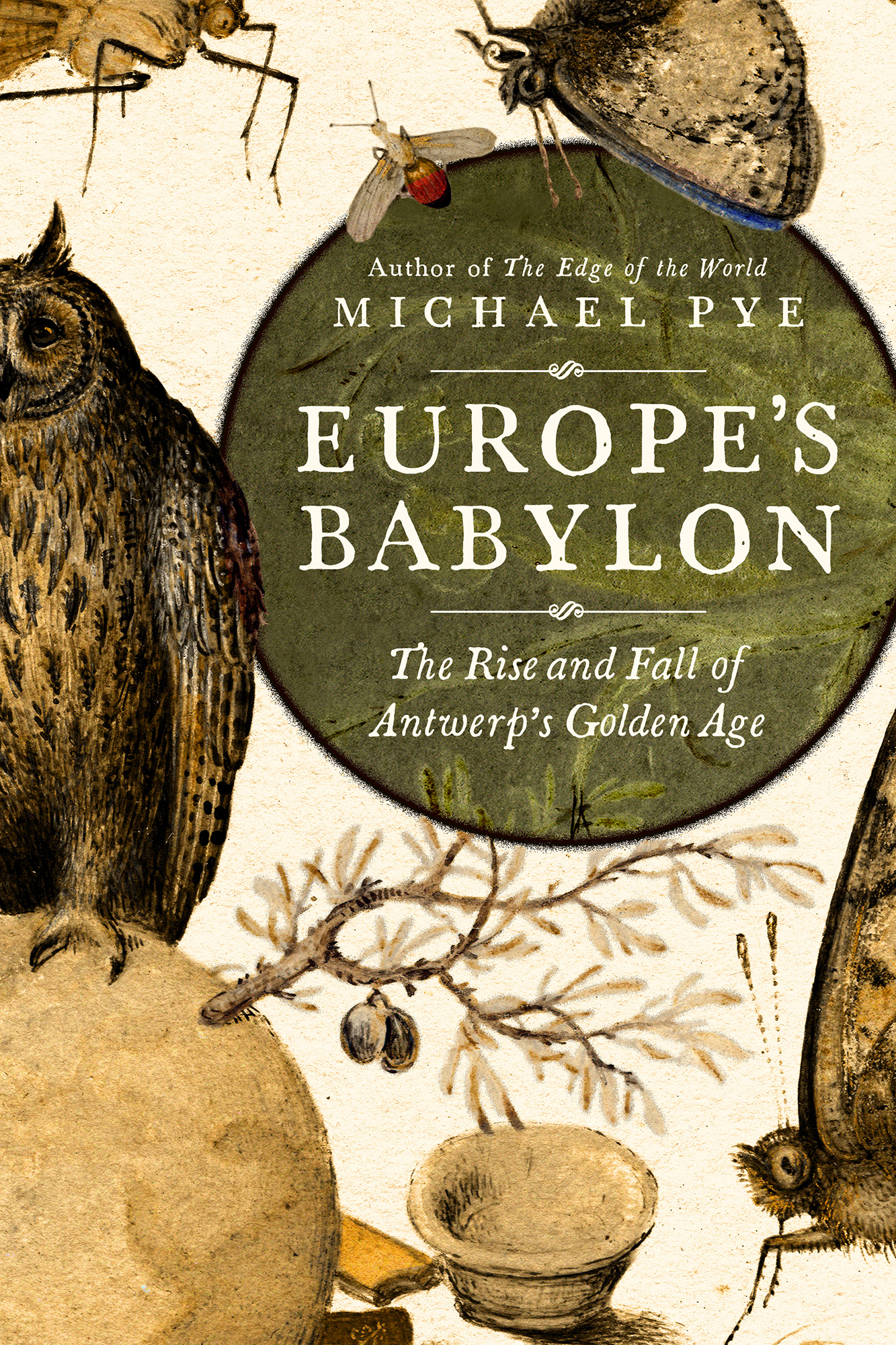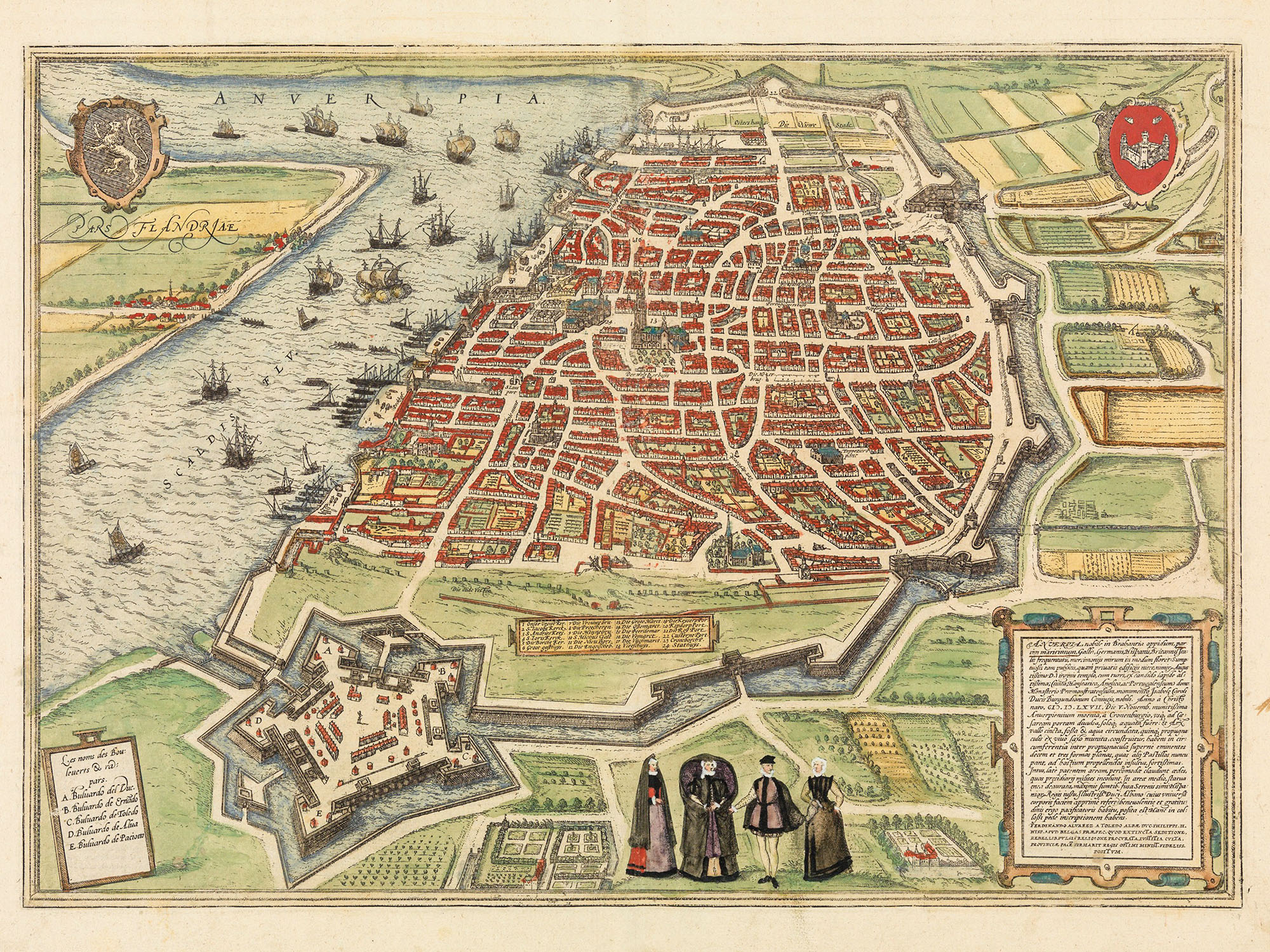Contents
Guide
Author of The Edge of the World
Michael Pye
Europes Babylon
The Rise and Fall of Antwerps Golden Age
BY THE SAME AUTHOR
The Edge of the World
The Pieces from Berlin
The Drowning Room
EUROPES BABYLON
Pegasus Books, Ltd.
148 West 37th Street, 13th Floor
New York, NY 10018
Copyright 2021 by Michael Pye
First Pegasus Books cloth edition September 2021
All rights reserved. No part of this book may be reproduced in whole or in part without written permission from the publisher, except by reviewers who may quote brief excerpts in connection with a review in a newspaper, magazine, or electronic publication; nor may any part of this book be reproduced, stored in a retrieval system, or transmitted in any form or by any means electronic, mechanical, photocopying, recording, or other, without written permission from the publisher.
ISBN: 978-1-64313-777-3
Ebook ISBN: 978-1-64313-778-0
Jacket design: Brock Book Design Co., Charles Brock
Cover painting: Allegory for Abraham Ortelius, 1593 by Joris Hoefnagel
Distributed by Simon & Schuster
www.pegasusbooks.com
For the memory of John Holm
in gentil cuore
List of Illustrations
The front endpapers show a birds-eye view of Antwerp, from Georg Braun and Franz Hogenberg, Civitates Orbis Terrarum, 1572 (The Metropolitan Museum of Art, New York, Gift of Mrs. Giles Whiting, 1961 (61.650.12))
The rear endpapers show a birds-eye view of Antwerp, from Georg Braun and Franz Hogenberg, Civitates Orbis Terrarum, 1596 (Photo: Antiquariaat Sanderus, Ghent)
- . Quentin Metsys, The Moneychanger and his Wife, c. 1514 (Muse du Louvre, Paris. Photo: Album/Alamy)
- . Anon., Nieuwjaarskaart van de Antwerpse nachtwacht met een folkloristische voorstelling, undated (Museum Plantin-Moretus, Antwerp (PK.OP.15272))
- . Doctor visiting a patient, illustration from Incipit fasciculus medicine by Johannes de Ketham, 1512 (Photo: KU Leuven Libraries, Special Collections (BRES: Tabularium Magazijn 7A1287))
- . Anon., Antwerpia in Brabancia, c. 1540 (Collectie Stad Antwerpen, Museum aan de Stroom (MAS), Antwerp (AV.1145). Photo: Bart Huysmans & Michel Wuyts)
- . Pieter Bruegel, The Tower of Babel, c. 1565 (Museum Boijmans Van Beuningen, Rotterdam, Netherlands. Photo: Bridgeman Images)
- . Pieter Bruegel, The Tower of Babel, 1563. (Kunsthistorisches Museum, Vienna. Photo: Bridgeman Images)
- . Pieter van der Borcht, The Beurs of Antwerp, 1581 (Museum Plantin-Moretus, Antwerp (PK.OP.11556))
- . Joachim Beuckelaer, Street Trading in Antwerp, or The Seller of Exotic Animals, 1566 (Museo e Real Bosco di Capodimonte, Naples. Photo: 2021, Scala, Florence)
- . Franois Bunel de Jonge, The Seizure of the Contents of a Painters Studio, c. 1590 (Mauritshuis, The Hague (Inv. 875))
- . Joos van Cleve, Portrait of Joris Vezeleer (detail), 1518 (National Gallery of Art, Washington, DC, Ailsa Mellon Bruce Fund (1962.9.1))
- . Studio of Joos van Cleve, Christ and John the Baptist as Children (detail), c. 1530 (Museum Catharijneconvent, Utrecht, on loan from the Mauritshuis, The Hague (Inv. 348))
- . Albrecht Drer, Portrait of Katharina, an Antwerp servant of the Portuguese factor Joo Brando, 1521 (Gabinetto dei Disegni e Stampe, Galleria degli Uffizi, Florence. Photo: Raffaello Bencini/Bridgeman Images)
- . Frans Hogenberg, Hedge Preaching Outside Antwerp, 1566 (Rijksmuseum, Amsterdam (RP-P-OB-78.752))
- . Title page of Abraham Ortelius, Theatrum Orbis Terrarum, published by Christophe Plantin, 1584 (Bibliothque Nationale, Paris, Dpt. Cartes et plans (GE DD-4894))
- . Portrait of Abraham Ortelius from his Theatrum Orbis Terrarum, published by Christophe Plantin, 1584 (Bibliothque Nationale, Paris, Dpt. Cartes et plans (GE DD-4894))
- . Hendrik Goltzius, Portrait of Christophe Plantin, c. 1583 (Museum Plantin-Moretus (PK.OP.07881))
- . Hieronymus Cock, The Funeral Ceremony of Charles V in Brussels, 1558, 1559 (Bibliothque de lInstitut National dHistoire de lArt (INHA), collections Jacques Doucet (Cote: NUM 4 EST 252))
- . Anon., The Meal of the Lords van Liere of Antwerp, 1523 (Centraal Museum, Utrecht. Image CMU)
- . Gaspar Ducci, detail of his donor portrait from a sixteenth-century stained-glass window in the Church of San Michele di Pescia, Pistoia (Reproduced by permission of the Fondazione Conservatorio Femminile di san Michele in Pescia)
- . Master of the 1540s, Portrait of Gilbert van Schoonbeke, 1544 (Museum Maagdenhuis, Antwerp. KIK-IRPA, Brussels (Belgium), clich KN000975)
- . Workshop of Pieter Aertsen, The Meat Stall, 1551 (Gustavianum, Uppsala University Museum. Photo: Mikael Wallerstedt)
- . Catharina van Hemessen, Self-portrait, 1548 (Kunstmuseum Basel, Schenkung der Prof. J. J. Bachofen-Burckhardt-Stiftung 2015 (Inv. 1361))
- . Pastorino di Giovan Michele de Pastorini, Bronze Medal of Gracia Nasi the Younger (Dona Gracia), 1558. (Photo: agefotostock/Alamy)
- . Anon., after Jan Cornelisz Vermeyen, Portrait of Mary of Hungary, 16th century. Metropolitan Museum of Art, New York. The Jack and Belle Linsky Collection, 1982 (Acc. No. 1982.60.26)
- . Adriaen Thomasz Key (?), Portrait of Margaret of Parma, late sixteenth century (Kunsthistorisches Museum, Vienna. Photo: Bridgeman Images)
- . Anon., The Spanish Fury (detail), 157685 (Collectie Stad Antwerpen, Museum aan de Stroom (MAS), Antwerp (AV.1980.014). Photo: Bart Huysmans & Michel Wuyts)

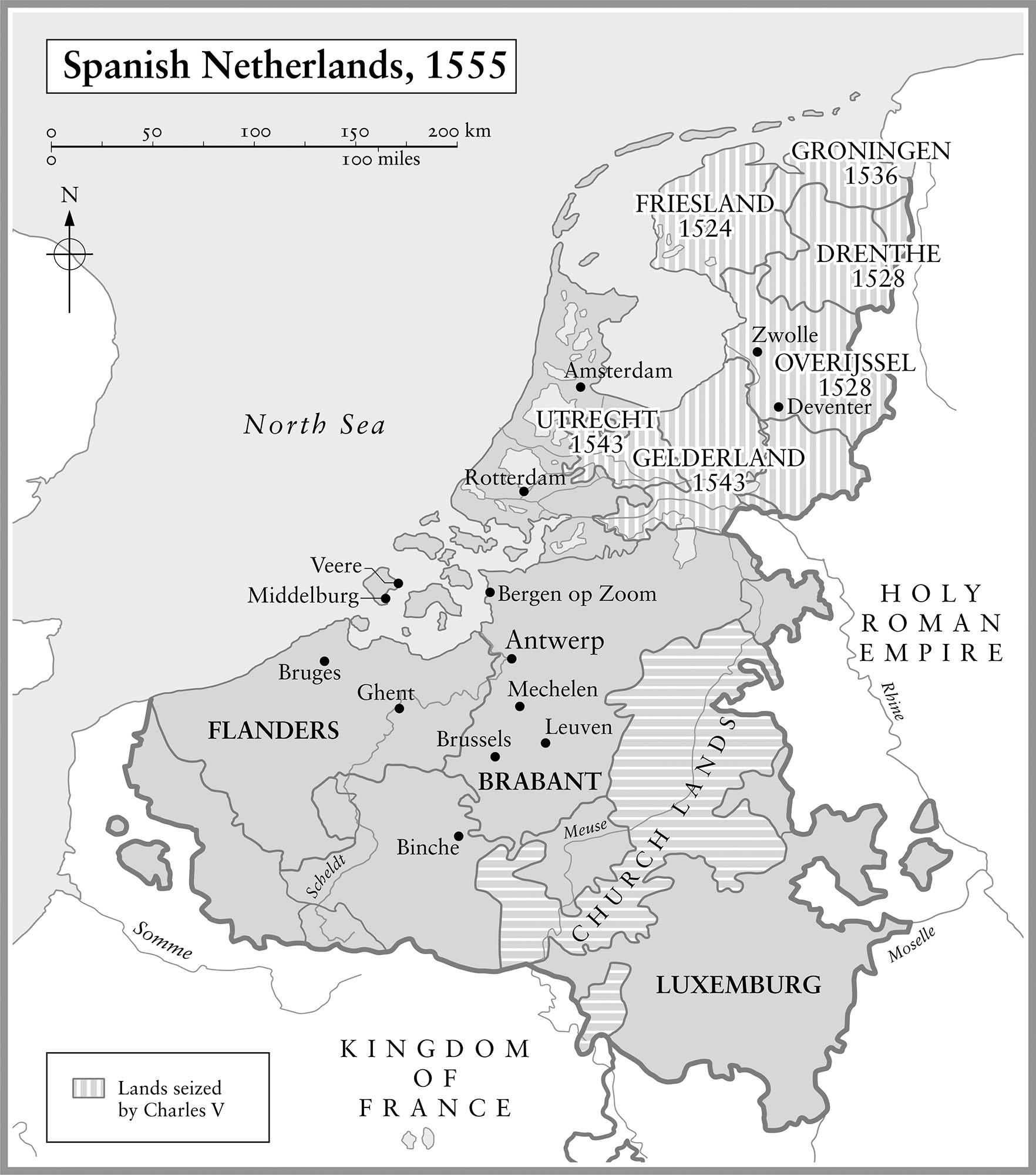

The Exception
Giovanni Zoncha sold cloth in Venice between San Marco and the Rialto, close to the heart of the merchant world around the Mediterranean. He was restless in 1563 and twenty years old. He felt the need to travel, to go north to the heart of the other merchant world that was opening across the oceans: to Antwerp in the Spanish Netherlands.
He stayed for four years, writing home about what he found. He liked the less confining rules: no need to give up butter, eggs and cheese for Lent, and he could walk in the streets at any time with whatever weapons he liked, so if you carried a cannon nobody would say anything. He listened to the Protestant talk but worried that the Inquisition might come soon. Most of all, he liked the girls, even the daughters of the grandees, the primi della terra, and their wonderfully open ways. You sat at dinner between two girls who sometimes kissed you, and when youd eaten you went to sit on the ground in your girls arms. You talked about anything at all without a language in common, and went walking without anyone to watch you. The girls even knocked the boys hats into the river just like equals.




